Strategic Placement of Social Media Links on Professional Websites
When launching a new website, several questions need to be answered, including, “Should I Put Social Media Links At The Top Of My Website?”
The optimal placement of social media links on a corporate or professional website is a subject of ongoing discussion among web designers and digital strategists. While the objective is to foster comprehensive brand engagement, the positioning of these links—specifically, whether they belong in the website header—requires careful consideration to align with primary business objectives.
Considerations Against Header Placement for Social Media Icons
Placing social media icons prominently in the website header can present several strategic disadvantages:
- Potential for Traffic Diversion: A primary function of a business website is often to guide users towards specific conversion goals, such as lead generation, product purchase, or information acquisition. As highlighted by digital marketing analyses, prominent social media links in the header can act as immediate “exit points.” Users may navigate away to social platforms, potentially disrupting the intended user journey on the website and reducing conversion rates. This effectively diverts traffic away from core website content and calls to action.
- Dilution of Key Messaging: The website header is premium digital real estate, typically reserved for crucial branding elements, navigation, and the articulation of the company’s value proposition. Introducing social media icons in this area can lead to visual clutter, potentially distracting users from the primary messaging and services offered on the site itself. Effective icon placement, as suggested by web development resources, prioritizes a clean user interface that supports the site’s main objectives.
- Misalignment with User Intent: Individuals primarily visit a corporate website seeking specific information, products, or services offered by the organization, not typically with the immediate intent to navigate to its social media channels. While social media serves as a critical component of an integrated marketing strategy, the website should function as the central informational and transactional hub.
Recommended Placement Strategies for Social Media Links
For a more strategic approach that balances visibility with the preservation of website goals, alternative placements are generally recommended:
- Website Footer: This is a conventional and widely accepted location. Users often expect to find secondary links, including social media channels, contact information, and privacy policies, in the footer. By the time a user reaches this section, they have typically engaged with the website’s primary content.
- “About Us” or “Contact Us” Pages: Integrating social media links within these dedicated sections is logical. Visitors navigating to these pages are often seeking deeper engagement or more comprehensive information about the organization, making it an appropriate context for presenting social media channels.
- Dedicated Social Integration (Context-Appropriate): For businesses where social interaction is a core component of their online presence, integrating social feeds or links within relevant content areas can be effective. This ensures that links are presented in a contextually relevant manner rather than as a default header element.
Aligning Placement with Strategic Objectives
The decision regarding social media link placement should ultimately be governed by the specific objectives of the website and an understanding of the target audience’s behavior. Key considerations include:
- Primary Website Goals: Define the desired user actions on the site. If the focus is on sales, lead capture, or detailed content consumption, minimize immediate off-site navigation opportunities in prominent areas.
- Audience Expectations: Understand how your target demographic interacts with websites and social media.
- Functional Roles of Website vs. Social Media: Typically, the website serves as the primary conversion point, while social media platforms are utilized for brand building, community engagement, and driving traffic to the website.
In summary, while ensuring that an organization’s social media profiles are accessible is important, placing these links in the website header may not serve the primary objectives of most professional websites. A more strategic approach involves locating these links in less obtrusive yet readily findable areas, such as the footer or dedicated informational pages. This allows the website to maintain focus on its core functions and user pathways, subsequently offering avenues for social media engagement once primary informational needs are met.









